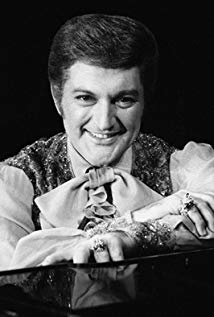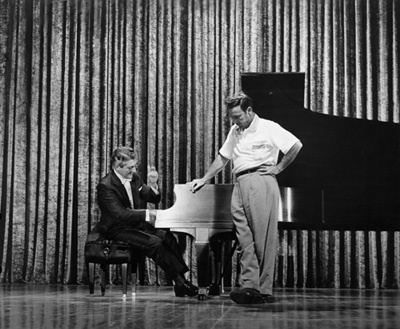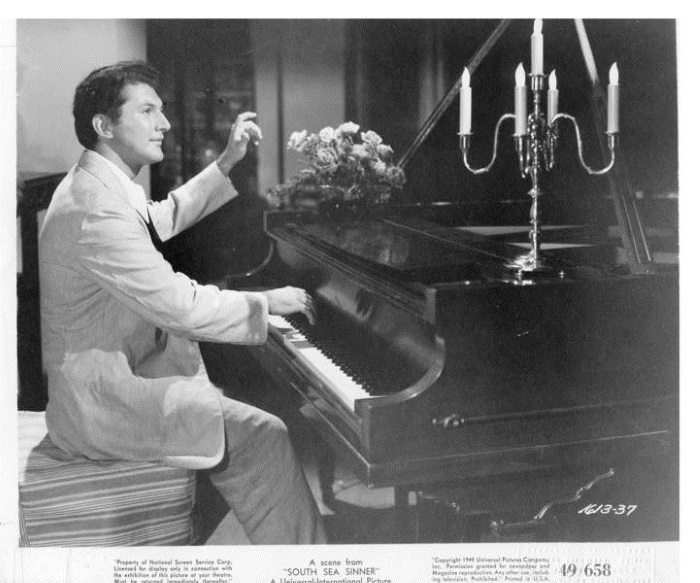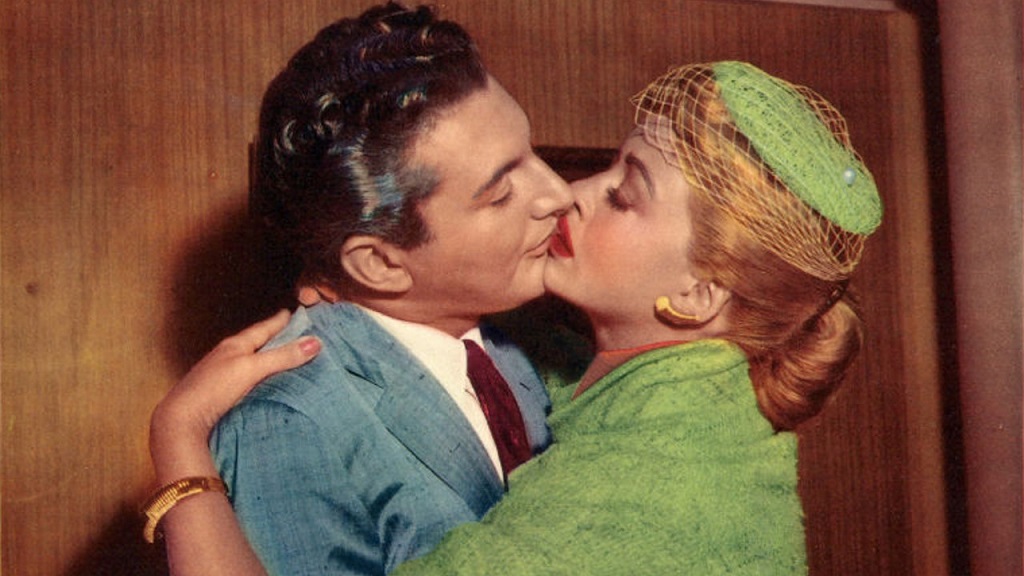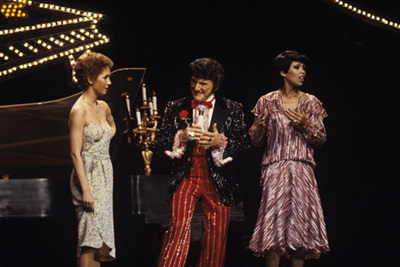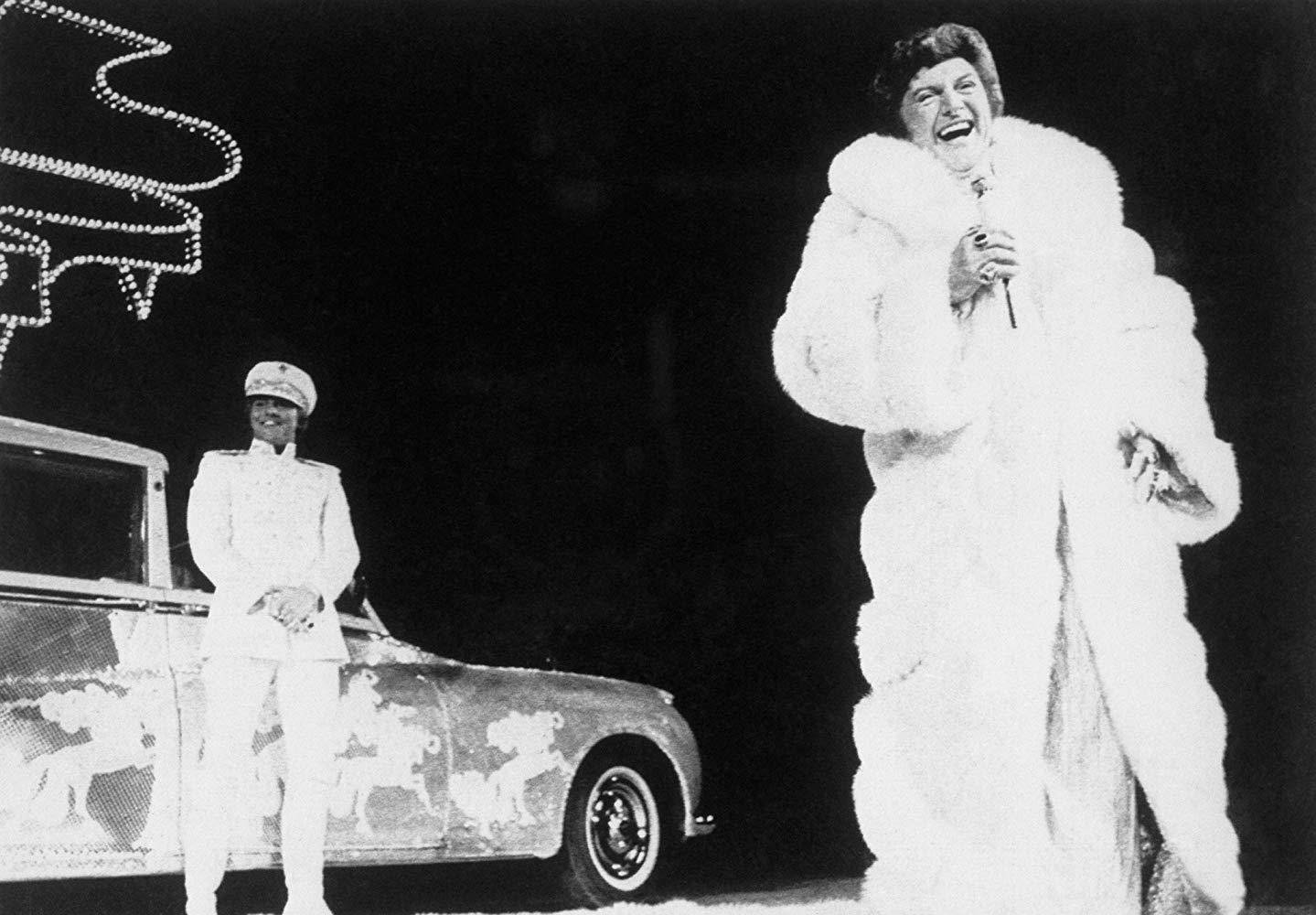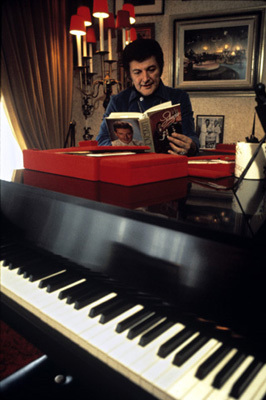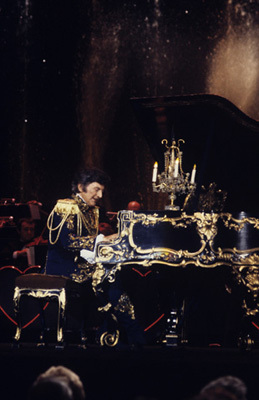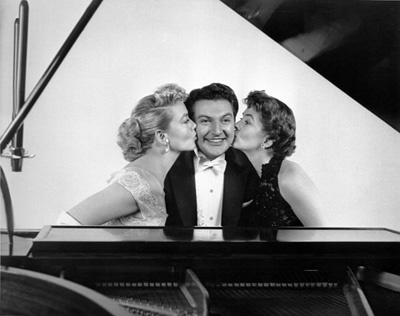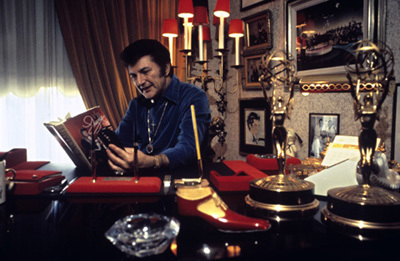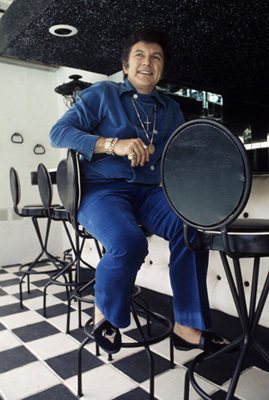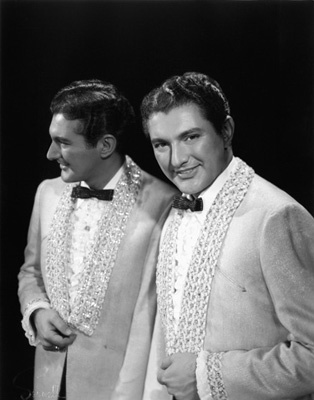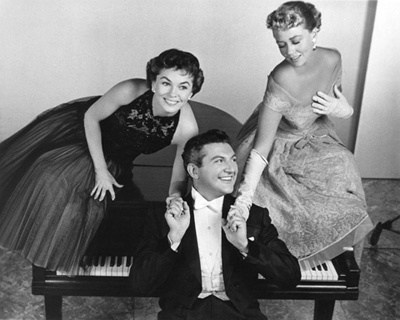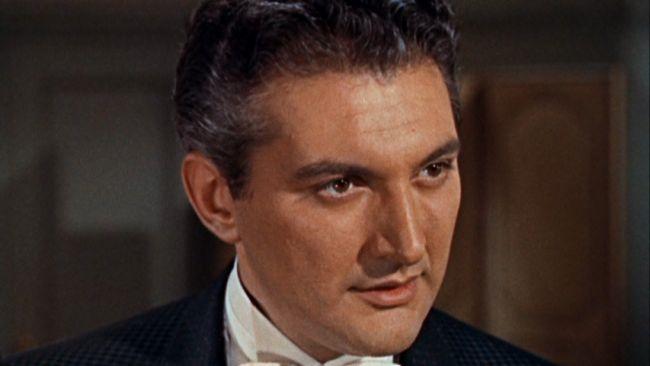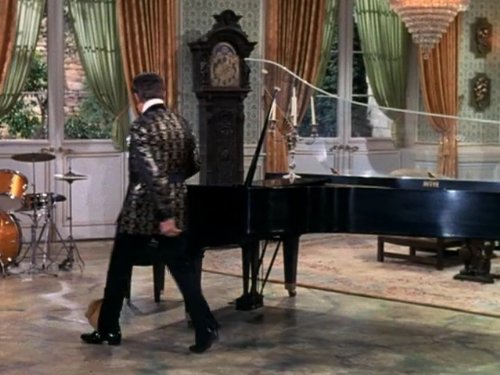Most remembered for his extravagant costumes and trademark candelabra placed on the lids of his flashy pianos, Liberace was loved by his audiences for his music talent and unique showmanship. He was born as Wladziu Valentino Liberace on May 16, 1919, into a musical family, in Wisconsin. His mother, Frances Liberace (née Zuchowski), whose parents w...
Show more »
Most remembered for his extravagant costumes and trademark candelabra placed on the lids of his flashy pianos, Liberace was loved by his audiences for his music talent and unique showmanship. He was born as Wladziu Valentino Liberace on May 16, 1919, into a musical family, in Wisconsin. His mother, Frances Liberace (née Zuchowski), whose parents were Polish, played the piano. His father, Salvatore Liberace, an immigrant from Formia, Italy, played the French horn. His siblings, George Liberace, Angie Liberace and Rudy Liberace, also had musical ability. Liberace's own extraordinary natural talent became evident when he learned to play the piano, by ear, at the age of four. Although Salvatore tried to discourage his son's interest in the piano, praises from Ignacy Jan Paderewski, a famous Polish pianist, helped the young musician follow his musical career.As a teenager, Liberace earned wages playing popular tunes at movie theaters and speakeasies. Despite being proud of his son's accomplishments, Salvatore strictly opposed Liberace's preference for popular music over the classics. Pianist Florence Bettray Kelly took control of Liberace's classical training when he was 14.He debuted as a soloist with the Chicago Symphony, under the direction of Dr. Frederick Stock. At age 17, Liberace joined the Works Progress Administration Symphony Orchestra. He received a scholarship to attend the Wisconsin College of Music. In 1939, after a classical recital, Liberace's audience requested the popular tune, "Three Little Fishes". Liberace seized the opportunity and performed the tune with a semi-classical style which the audience loved. Soon, this unique style of playing the piano got Liberace bookings in large nightclubs.By 1940, Liberace was traveling with his custom-made piano, on top of which he would place his candelabrum. He then took Paderewski's advice and dropped Wladziu and Valentino to become simply Liberace. Le bistrot du péché (1950), a movie with Shelley Winters, was Liberace's film debut. He played a honky tonk pianist in the movie, which opened in 1950.In 1952, The Liberace Show (1952), a syndicated television program, turned Liberace into a musical symbol. It began as a summertime replacement for The Dinah Shore Show (1951), but after two years, the show was one of the most popular on TV. It was carried by 217 American stations and could be seen in 20 foreign countries. Sold-out live appearances at Madison Square Garden enhanced the pianist's popularity even more. Soon, Liberace added flamboyant costumes and expensive ornaments to his already unique performances. His second movie, Sincerely Yours (1955), opened in 1955, and Liberace wrote his best-selling autobiography, "Liberace", in 1972. His first book, "Liberace Cooks", went into seven printings.In 1977, Liberace founded the non-profit "Liberace Foundation for the Performing and Creative Arts". The year 1978 brought the opening of "The Liberace Museum" in Las Vegas, Nevada, which serves as key funding for the Liberace Foundation. The profits from the museum provide scholarship money for financially needy college musicians. He continued performing until the fall of 1986, despite suffering from heart disease and emphysema during most of the 1980s. A closeted homosexual his entire life, Liberace was secretly diagnosed with AIDS sometime in August 1985, which he also kept secret from the public until the day he died. His last concert performance was at Radio City Music Hall on November 2, 1986. He passed away in his Palm Springs home on February 4, 1987 at age 67.Liberace was bestowed with many awards during his lifetime including: Instrumentalist of the Year, Best Dressed Entertainer, Entertainer of the Year, two Emmy Awards, six gold albums, and two stars on the Hollywood Walk of Fame. In The Guinness Book of World Records, he has been listed as the world's highest paid musician and pianist. Liberace was an extremely talented and versatile man. He not only played the piano, but sang, danced and joked during his performances. In fact, one of Liberace's biggest accomplishments was his ability to turn a recital into a show full of music, glitter and personality.
Show less «

